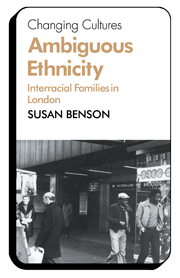Mixed ethnicity, identity and adoption: research, policy and practicePosted in Media Archive, Social Work, United Kingdom on 2011-01-25 04:58Z by Steven |
Mixed ethnicity, identity and adoption: research, policy and practice
Child & Family Social Work
Volume 14, Issue 4 (November 2009)
pages 431–439
DOI: 10.1111/j.1365-2206.2009.00614.x
Marsha Wood, Research Associate
Centre for Family Policy and Child Welfare at the School for Policy Studies
University of Bristol, United Kingdom
Mixed ethnicity children are over-represented in the care system and constitute a significant group of those seeking adoption placements. Social workers are presented with a specific set of concerns in seeking to find adoption placements for mixed ethnicity children as they come from two or more cultural backgrounds. Practitioners face uncertain principles concerning how to respond to these issues, especially in light of social and political pressures, and within the realm of existing debates around ‘transracial’ adoption. There is a danger that among these uncertainties the individuality of the child will be lost as his or her identity needs become viewed narrowly. Social workers may seek to simplify and classify the identities of mixed ethnicity children in the adoption process through pressures that they feel to find ‘matched’ placements. This paper explores how theories concerning identity can provide some insight into the difficulties practitioners face and may help to inform social work practice in this area.
Read or purchae the article here.
